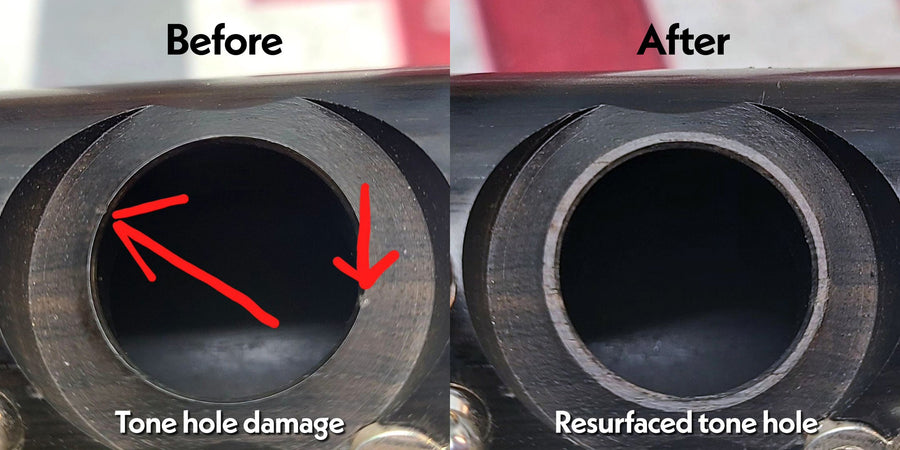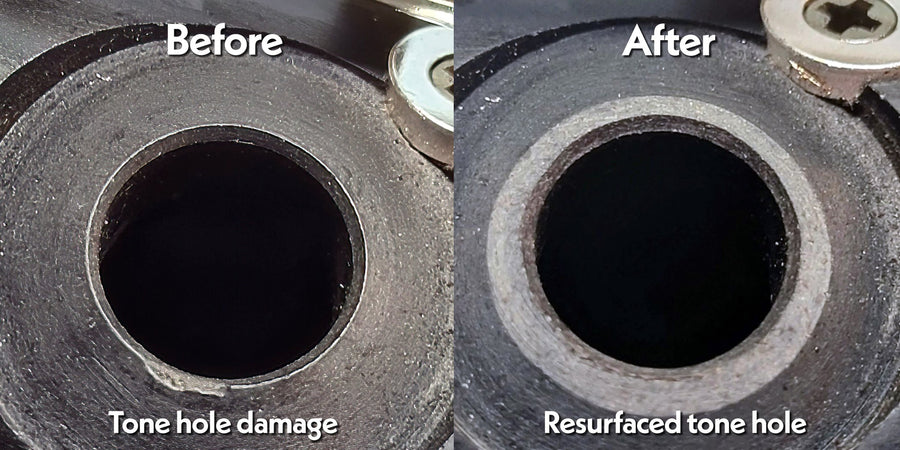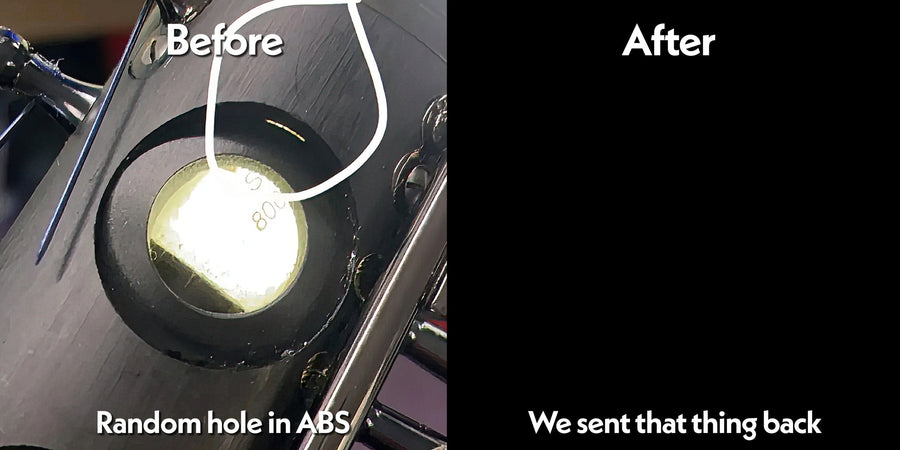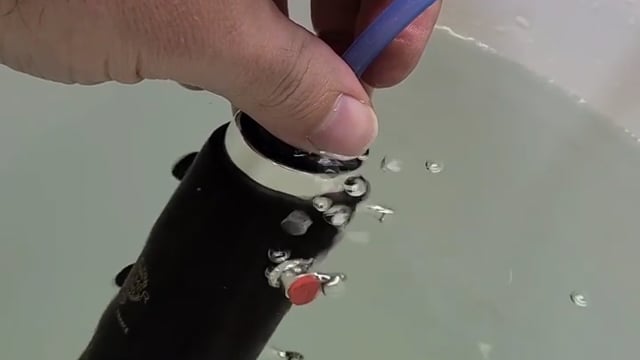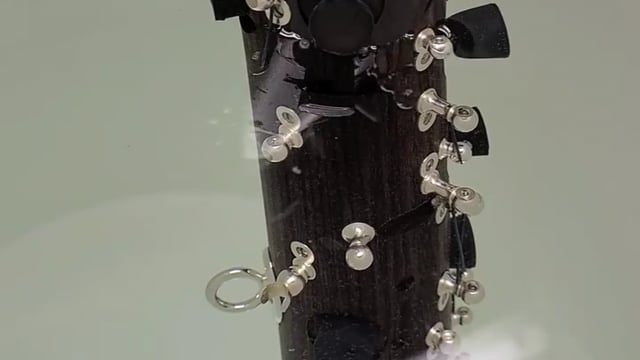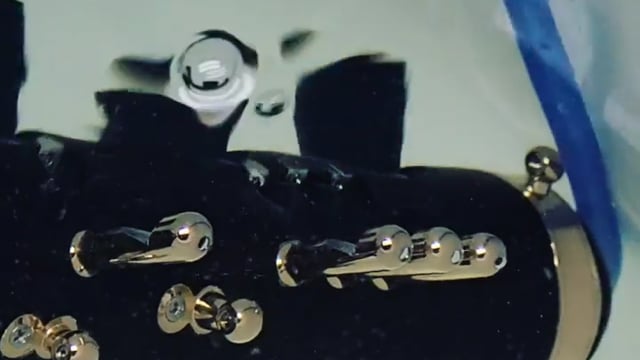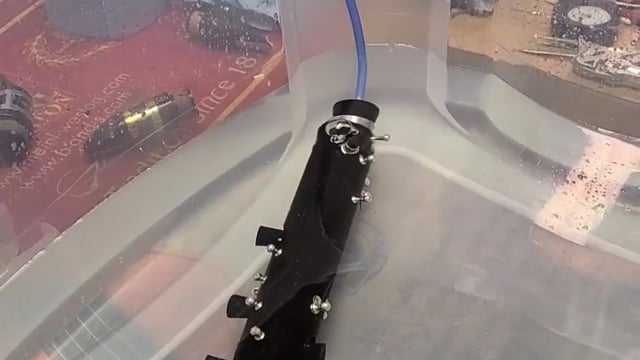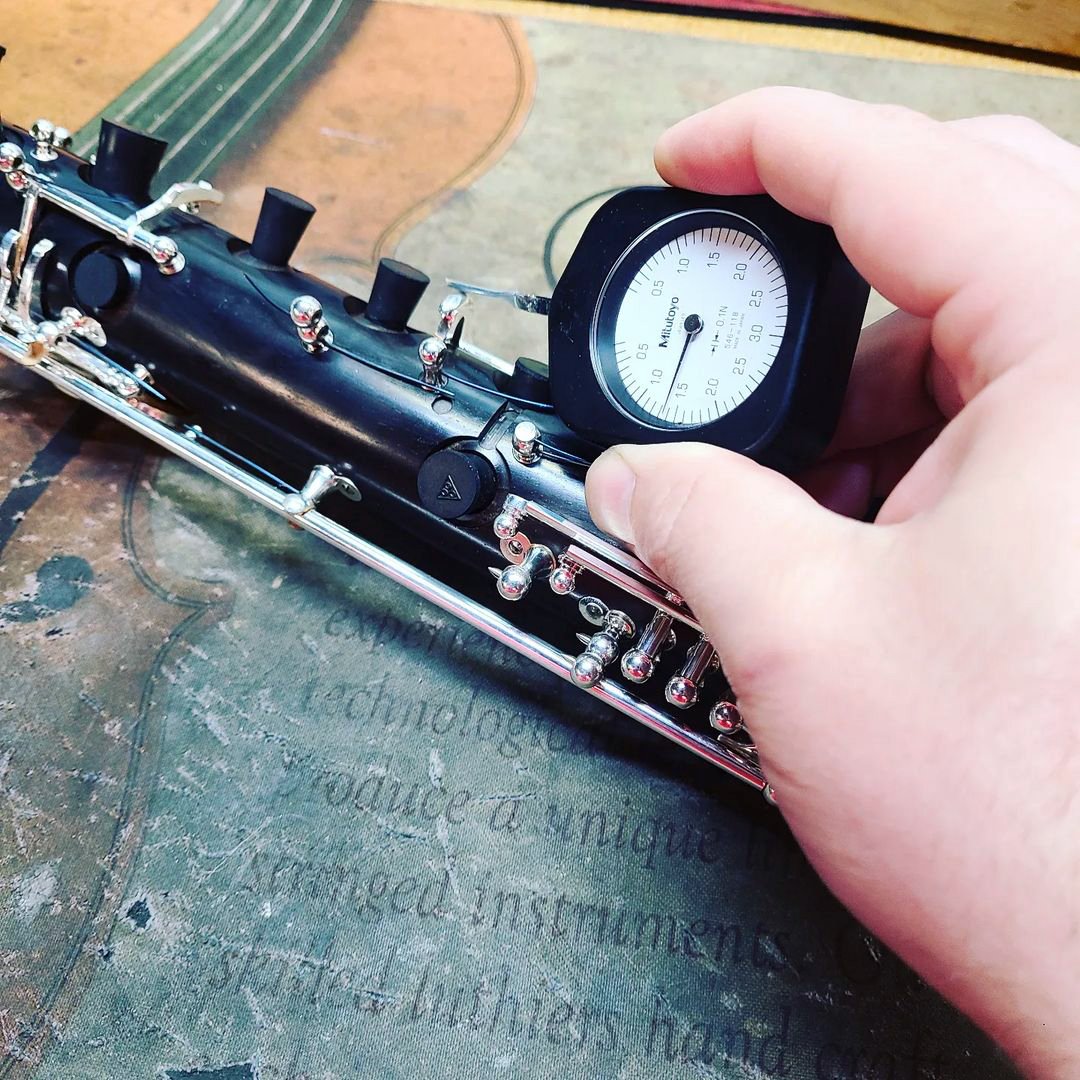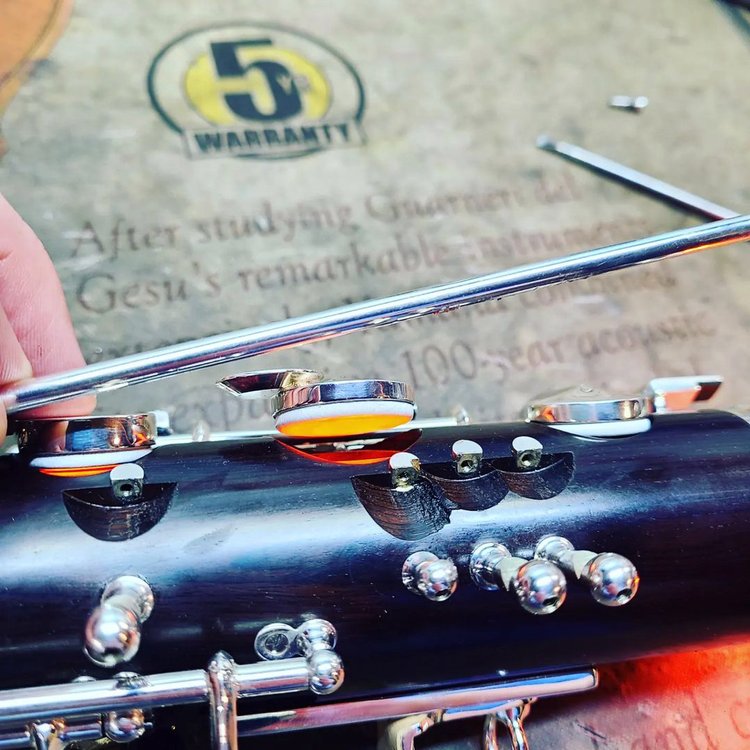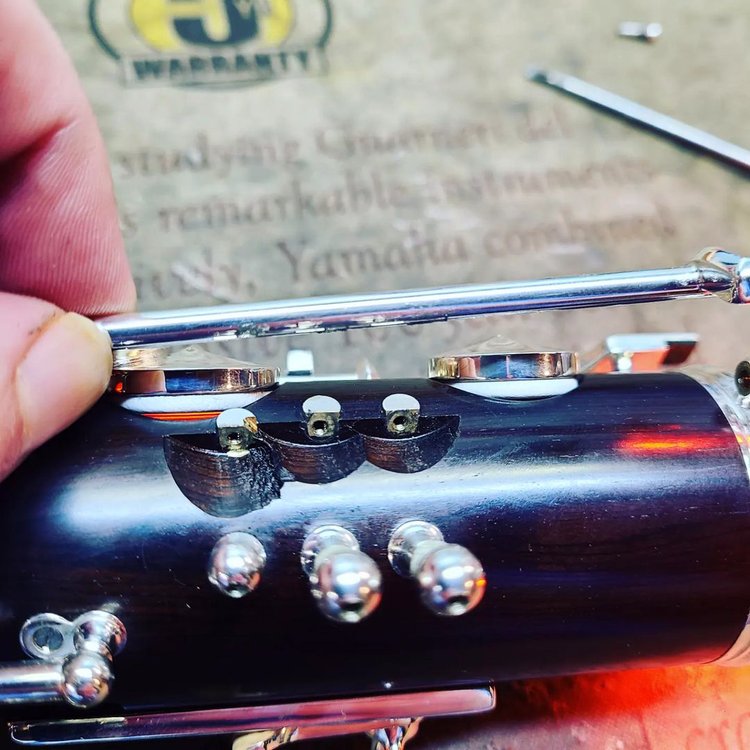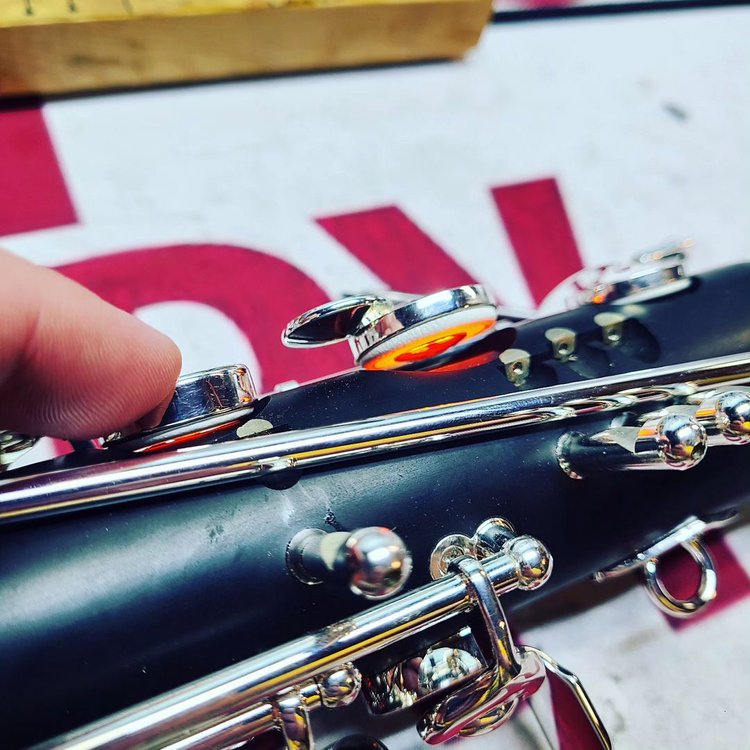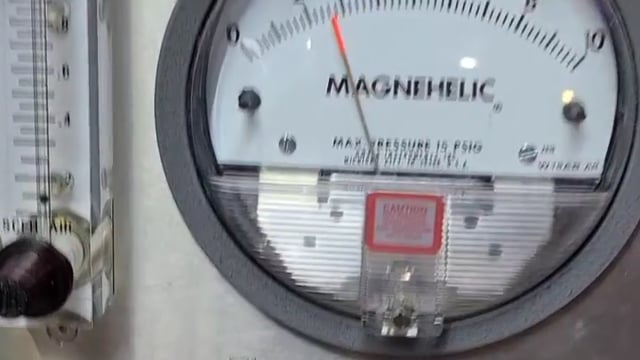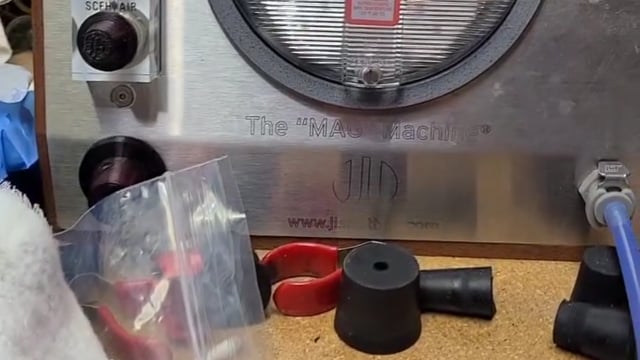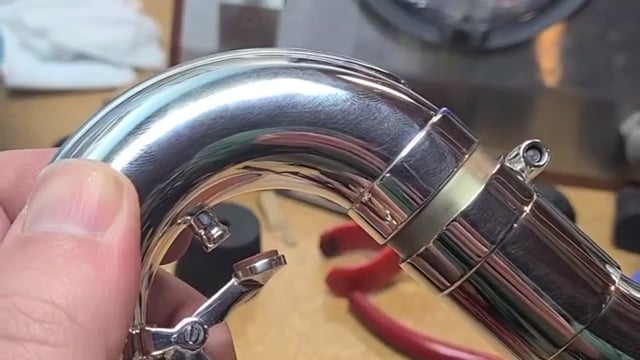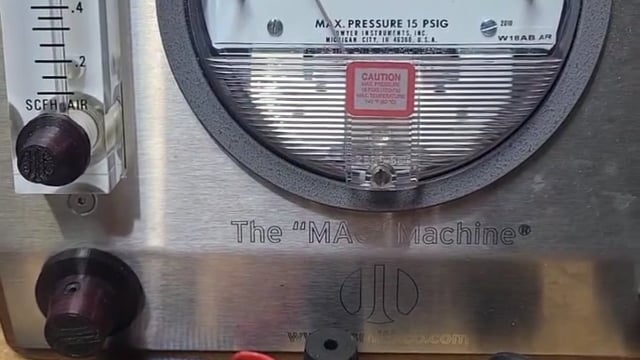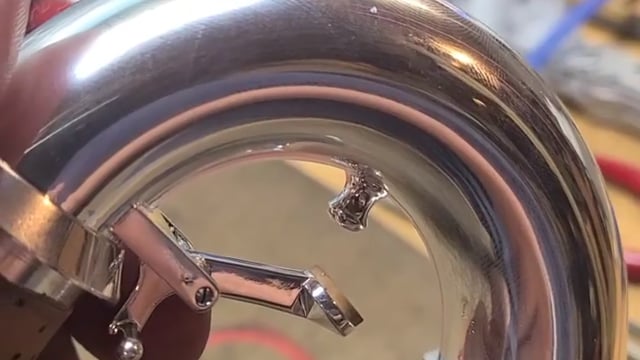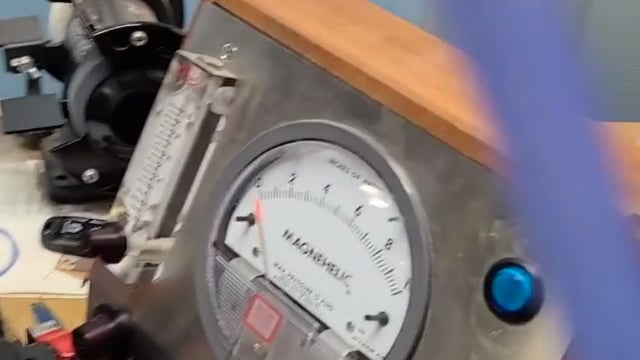Why get your instrument from me?
And what’s this “earspasm setup” you speak of?
Well, let me tell you.
Above all, I want you to make a good decision for your needs.
So, first off, I select only instruments that I would personally play. And I play them before I offer them for sale on the site (or in person). Some clarinets feel right, and some just feel yucky—so if I don’t like it, I don’t select it. Next, I write detailed descriptions of each model—not just ad copy about how “effortless” an instrument is able to play. (Nothing is effortless, amirite?) I record a video of each instrument so you can hear them and compare. I use some expensive equipment to do that, and though there are limits to the fidelity of Vimeo and your listening environment, you should get an idea. Any questions you have, I am here to answer. Weekends, too.
Then, it’s time to get them set up. Put bluntly, new instruments — even the expensive ones — show up to the shop needing a lot of love. Sure, they play okay but when you are putting down serious money for an instrument, I think you deserve an instrument that feels and plays perfectly. So, after I select it, I send each instrument up to my tech to work his magic. He looks for leaks in pads, posts and the wood itself (yes, the wood leaks, too!). He adjusts spring tensions to be lighter, based on the measurements he took of my black Selmer bass, Bb and A clarinets. He regulates everything so you don’t have to clamp down on keys to make them seal.
And then he finds some crazy stuff, which he takes pictures of…and then fixes. So, below is a gallery of before & after photos for you to gasp at.
Finally, and most importantly, I’m here for the life of your instrument. If there’s ever a question or concern or problem, I will answer it—or find someone who can. It sounds cliché, but bass clarinet and clarinet players are a pretty small, tight-knit family.
Welcome!

